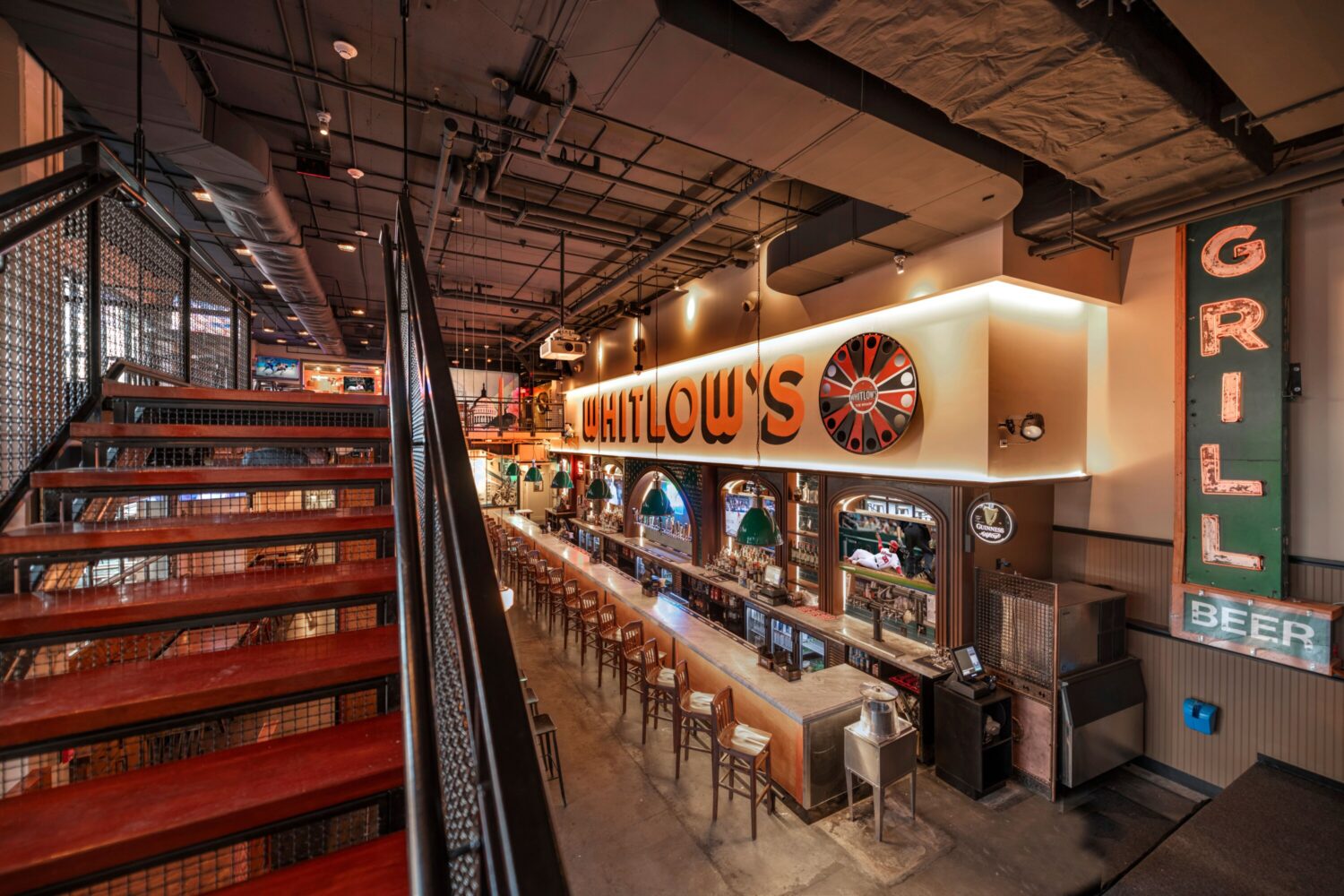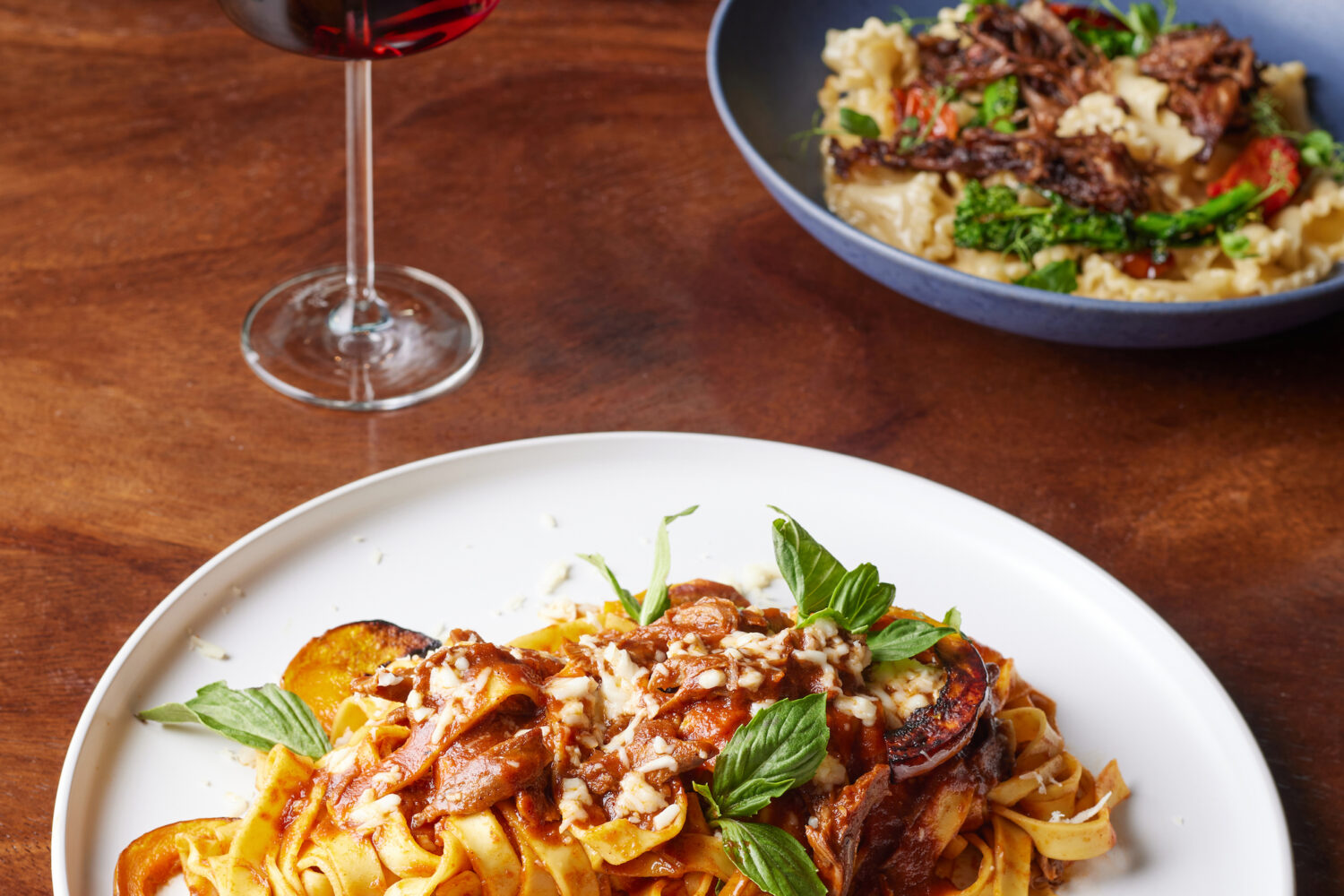Ask any DC chef or restaurateur what they’re most worried about right now, and the conversation will inevitably turn to their desperate attempts to find good staff. Sous chefs, managers, servers—across the board, there just aren’t enough experienced people to go around Washington’s booming dining scene.
The problem isn’t new, and it’s not unique to DC. But much of the local restaurant industry is bracing for an even greater pinch with the opening of the Wharf. The $2 billion development will host three hotels, three music venues, 17 retail spots, and more than 20 restaurants, bars, and cafes when it’s complete. Around a dozen of those eateries will open in October. All told, the Wharf estimates it will employ 886 people in restaurants, 184 in retail, and 615 in hotels. That’s almost certainly going to come at the expense of other local restaurants.
“It’s definitely going to be tumultuous,” says chef Cathal Armstrong, who’s going to be hiring around 80 people for his Southeast Asian restaurant Kaliwa at the Wharf. He’s already short-staffed at his other restaurants (Restaurant Eve, Hummingbird, and others)—something he regularly commiserates about with his industry colleagues.
“When I call my mom, we talk about the traffic and the weather in Dublin. You call someone in the restaurant business, you talk about staff,” Armstrong says. “That’s not going to change anytime soon either. There isn’t all of a sudden going to be an influx of employees into the DC area.”
This isn’t to say there aren’t people looking for jobs. DC has a 6.4 unemployment rate. But not all those people have the right resumes, especially for the upscale establishments that have proliferated around the city and headline the Wharf. Armstrong attended a job fair for all kinds of businesses at the Wharf a few weeks ago, but he says there were only about six people out of the thousand or more that he’d call back.
The same is true in other parts of the city. At Ivy City Tavern, a casual seafood spot, owner Greg Casten says he’s got plenty of people applying. “But I can’t even get a waiter to take an empty glass away from the table,” he says. “It’s basically training like that.”
Casten says he isn’t personally too worried about his restaurants—which also include Tony and Joe’s and Nick’s Riverside Grill in Georgetown—being strained more than they already are by the Wharf opening. But he expects it will make things more competitive for less established restaurants.
“It’s another burden on already over-taxed employee pool,” Casten says. “There’s no question every restaurateur in the city is saying, ‘What’s going to happen?’ Not just with employees. Is it going to be the new hotspot? Is it going to draw people away from 14th and U? Is this going to drain the suburbs?”
A quick survey of restaurateurs in other parts of the city found varying levels of concern. Pearl Dive Oyster Palace and BlackSalt owner Jeff Black says he is already seeing some of his people poached. But others—Founding Farmers partner Dan Simons, DGS Delicatessen and Whaley’s co-owner Nick Wiseman, El Chucho and Little Coco’s co-owner Jackie Greenbaum—say they don’t anticipate a serious impact on their businesses from the mega-development.
“For all the other employers that aren’t in that neighborhood, I think there’s enough dilution that I’m not sure someone’s going to feel that directly,” Simons says. He expects it will be harder for restaurants trying to staff from scratch.
Armstrong, opening Kaliwa, figures that he and others at the Wharf at least have the advantage of being the shiny new objects. Servers in particular know that lots of buzz means lots of business and lots of tips.
Still, recruiter Chris Floyd, owner of Capital Restaurant Resources, expects hiring at the Wharf will be a squeeze. Normally, Floyd suggests that restaurants fill key executive positions two to three months before an opening and mid-level positions a month or two before. With the Wharf, though, he’s been telling clients to hire even earlier—as soon as they possibly can. “Everybody’s going to be jockeying for this small pool of people, and if you don’t have some good people hired, you could be in trouble,” he says.
The danger of hiring far in advance is, of course, paying people when the restaurant is not yet making any money. Groups with multiple restaurants have the advantage of being able fit people in at other locations before the new place arrives. “They can carry an extra sous chef and a manager. It might hurt them financially, but they can at least afford to do it,” Floyd says.
Floyd recently posted a Craigslist ad in Houston seeking chefs and mangers for Washington jobs. He doesn’t usually promote DC positions outside of the DC area, but he hopes he can solve two problems at once by appealing to Texans looking for work after the devastation of Hurricane Harvey. As of last week, he’d gotten around a dozen inquiries, but none that were qualified enough.
Sous chefs and floor managers tend to be the most sought-after positions, and the fierce competition has driven up salaries. Five years ago, a typical sous chef made around $45,000. Now, he or she can make between $55,000 and $60,000, Floyd says. Managers have seen a similar jump in pay. This is fantastic for workers, but often less manageable for independent restaurant owners who can’t afford the same salaries as big-volume operations or national chains.
At the same time, a lot of people getting these jobs are less experienced than before. Floyd says restaurants that used to require two to four years of management experience are now taking people from entry level. Got a good personality? You’re hired.
As for what this means for diners? A good restaurant will put in the time and effort to adequately train their staff, and ideally, you won’t see the difference. But amateur service and inexperienced cooking is becoming more pervasive.
“It’s going to really, really start to be felt by the consumer for the first time,” Casten says. “Where you expected a first-class, perfect dining experience, it’s not going to be a first-class dining experience.”















